The West Highland Way is famous for its stunning scenery and wildlife, but how much do you know about the special protections given to the landscapes you will be walking through? At the end of February this year, we launched ‘A Natural Tour’, an interactive storymap providing an introduction to biodiversity along the West Highland Way.
How to make the most of this gallery:
Watch the short introductory video.
Explore the interactive storymap.
Enjoy the wildlife and nature photos below.
Send in your own WHW photos / videos!
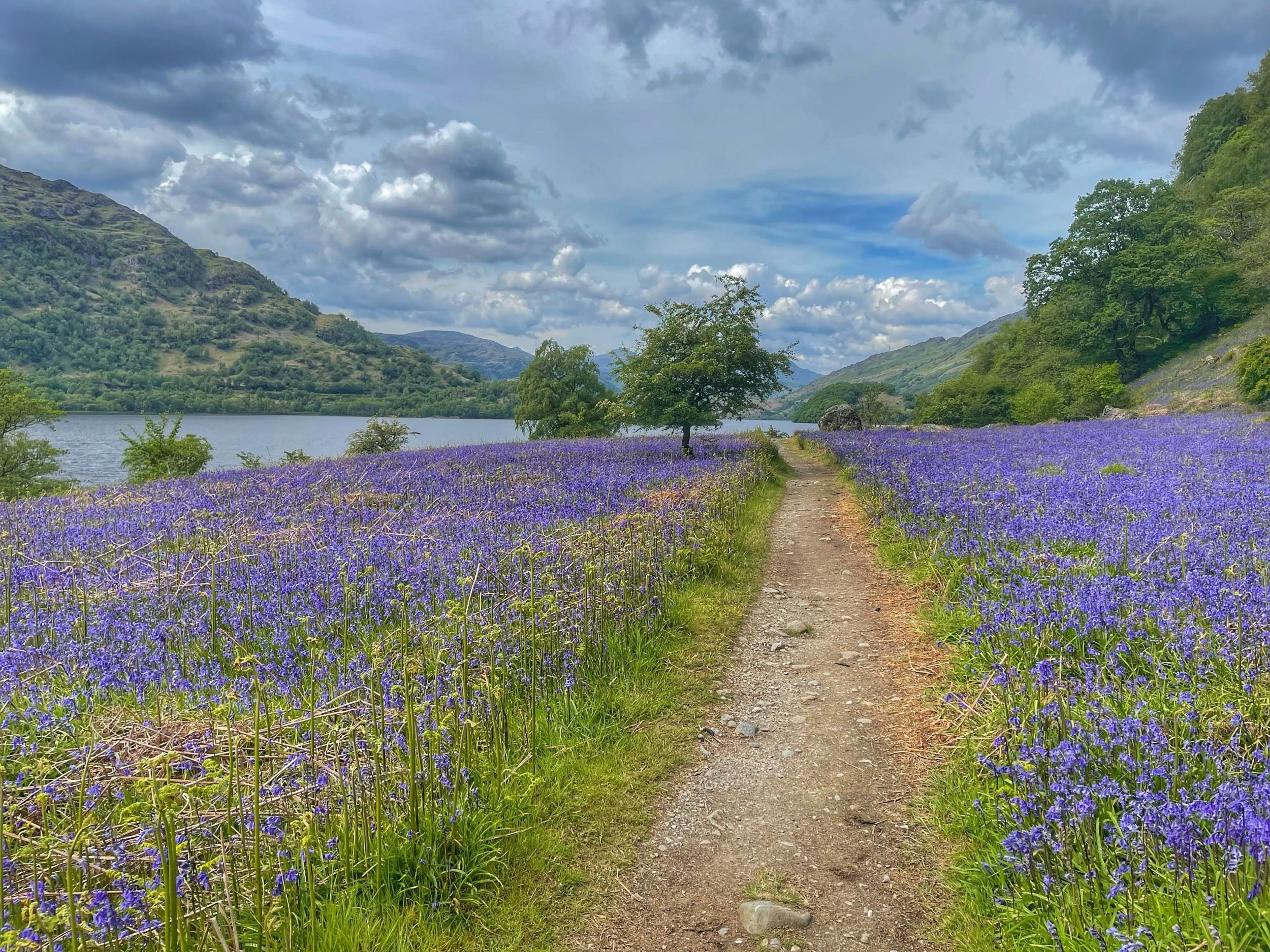
Click the link to view the interactive storymap:




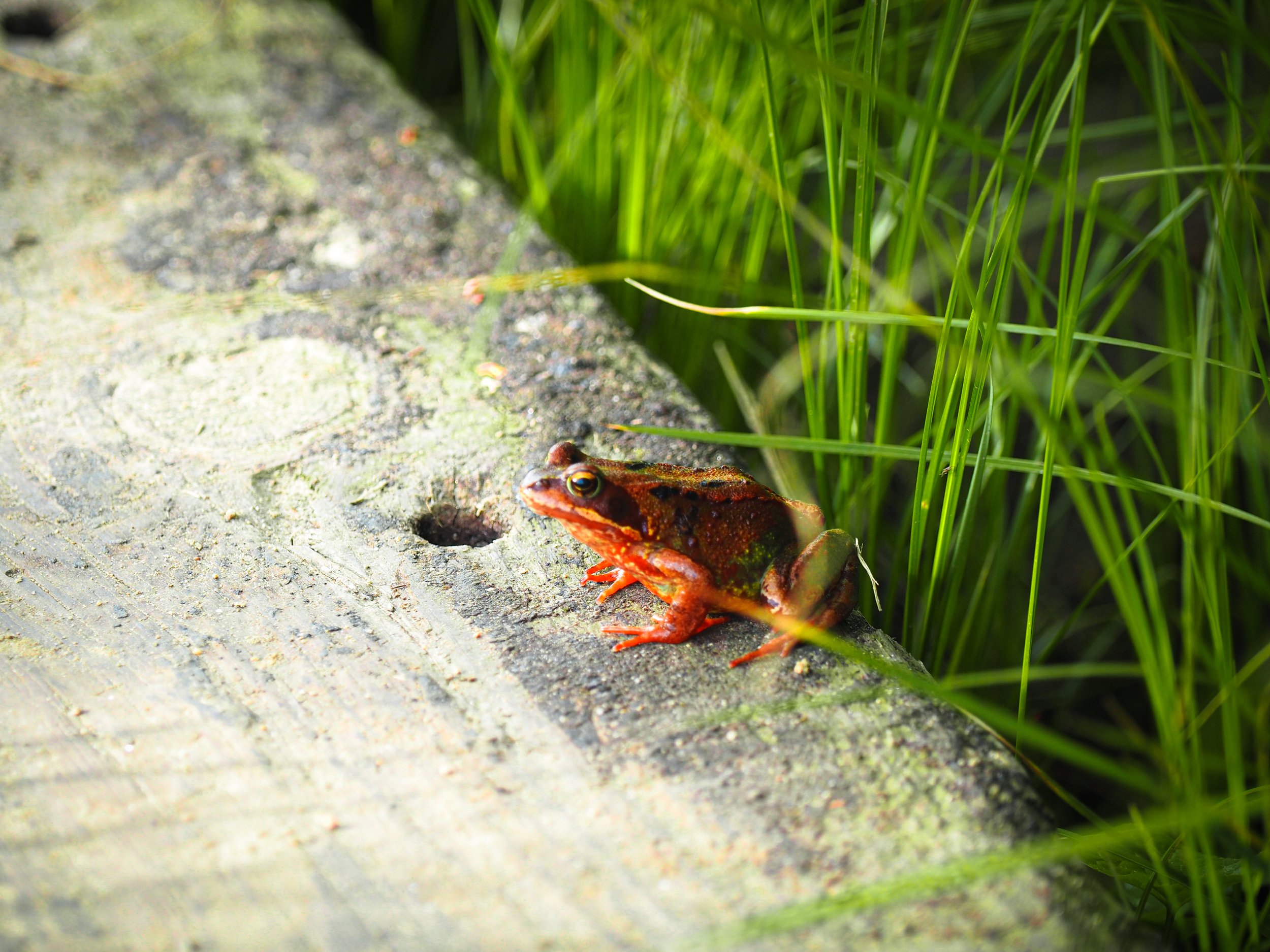



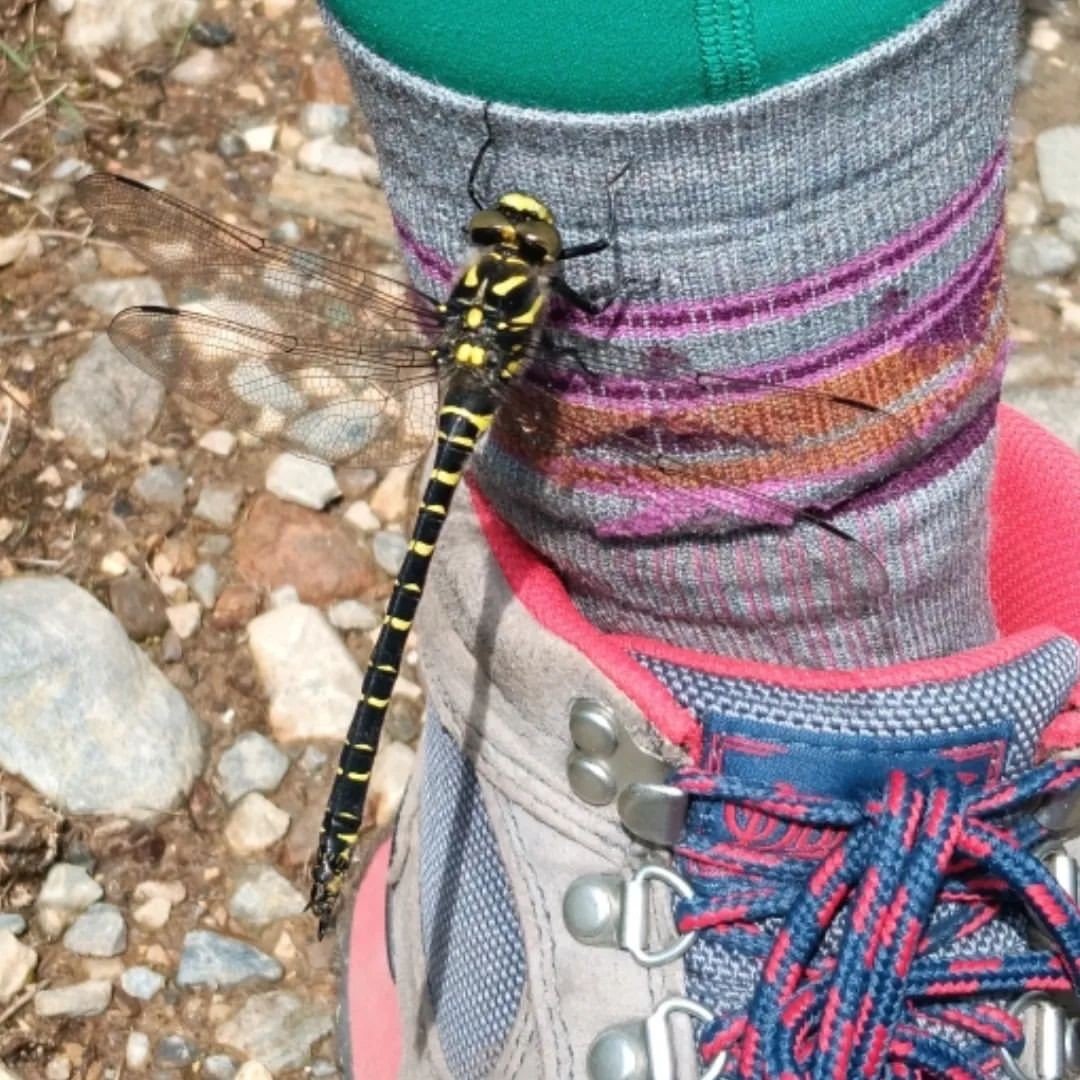
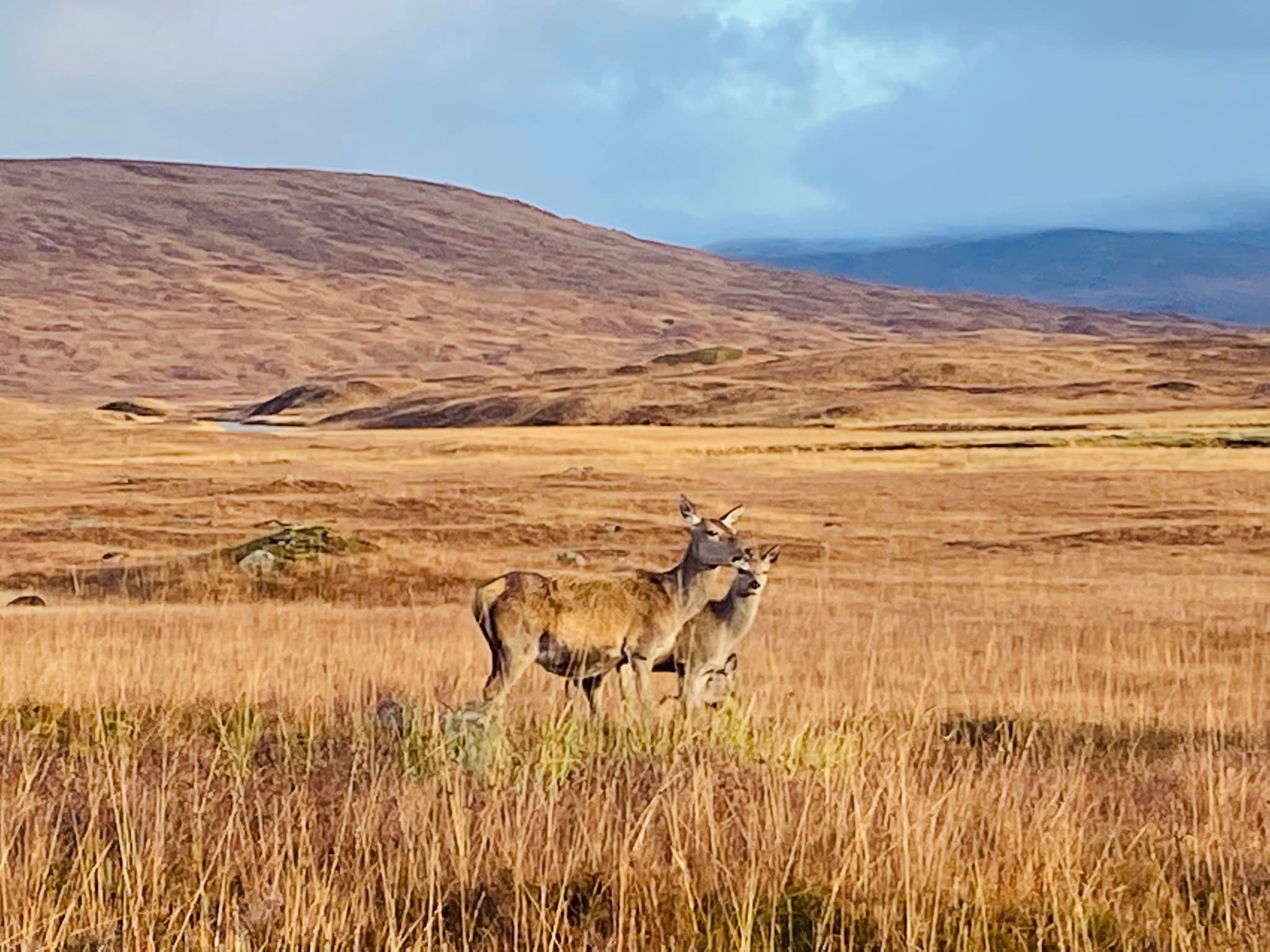
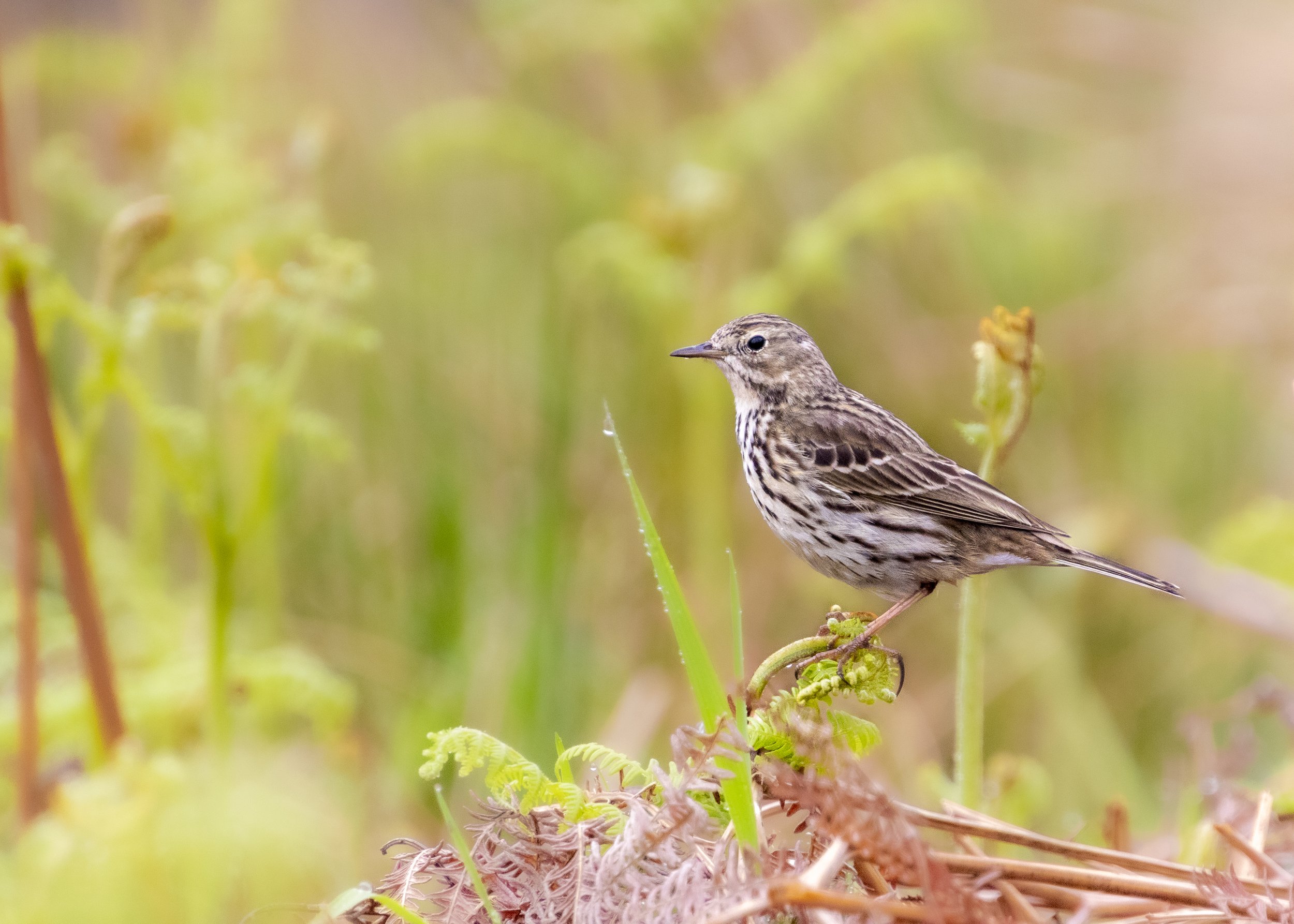
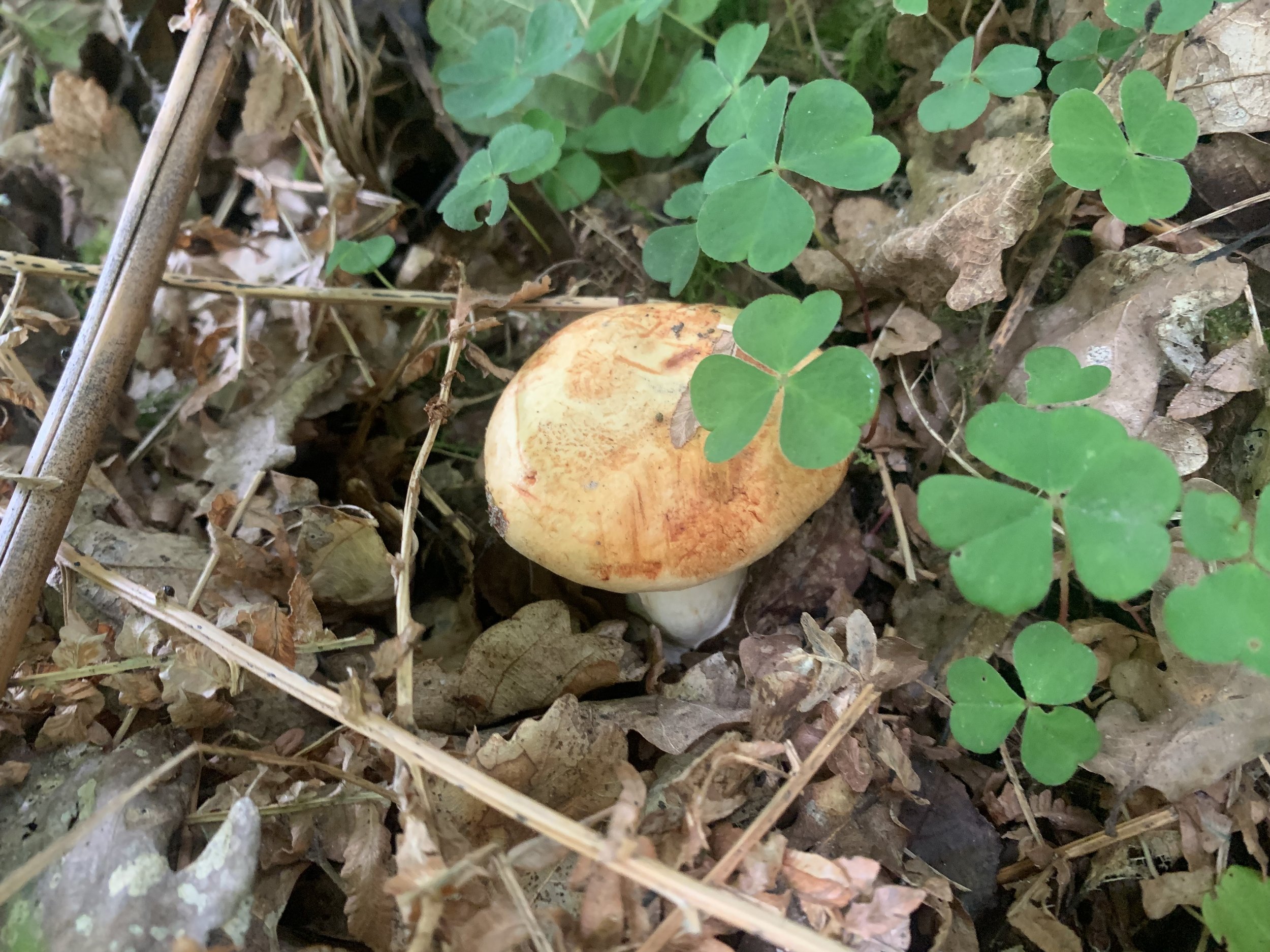
Thanks and credits for above photos: (L-R) 1. Carol Lee; 2. Emma Davies; 3. Enora Gelot; 4. Kris Allan; 5. Rachel Bell; 6. Elli Narewska; 7. Kris Allan; 8. Nicole Miller; 9. Elli Narewska; 10. Robert Marshall; 11. Rachel Hearn; 12. Jane McGeary
Red Squirrels
Saving Scotland’s Red Squirrels is a partnership project that is working to ensure red squirrels continue to be a part of Scotland’s special native wildlife.
Grey squirrels are an invasive non-native species, first introduced from North America in the late 1800s. Grey squirrels carry squirrelpox, a virus that doesn’t harm them but is deadly to reds.
Work is focused in priority target areas where critical populations of red squirrels are under threats from greys and this includes the section of the West Highland Way around Loch Lomond. You can help by reporting any sightings of red (or grey) squirrels and find out more on the Saving Scotland’s Red Squirrels website.
Photos below (c) Scottish Wildlife Trust and LLTNPA.



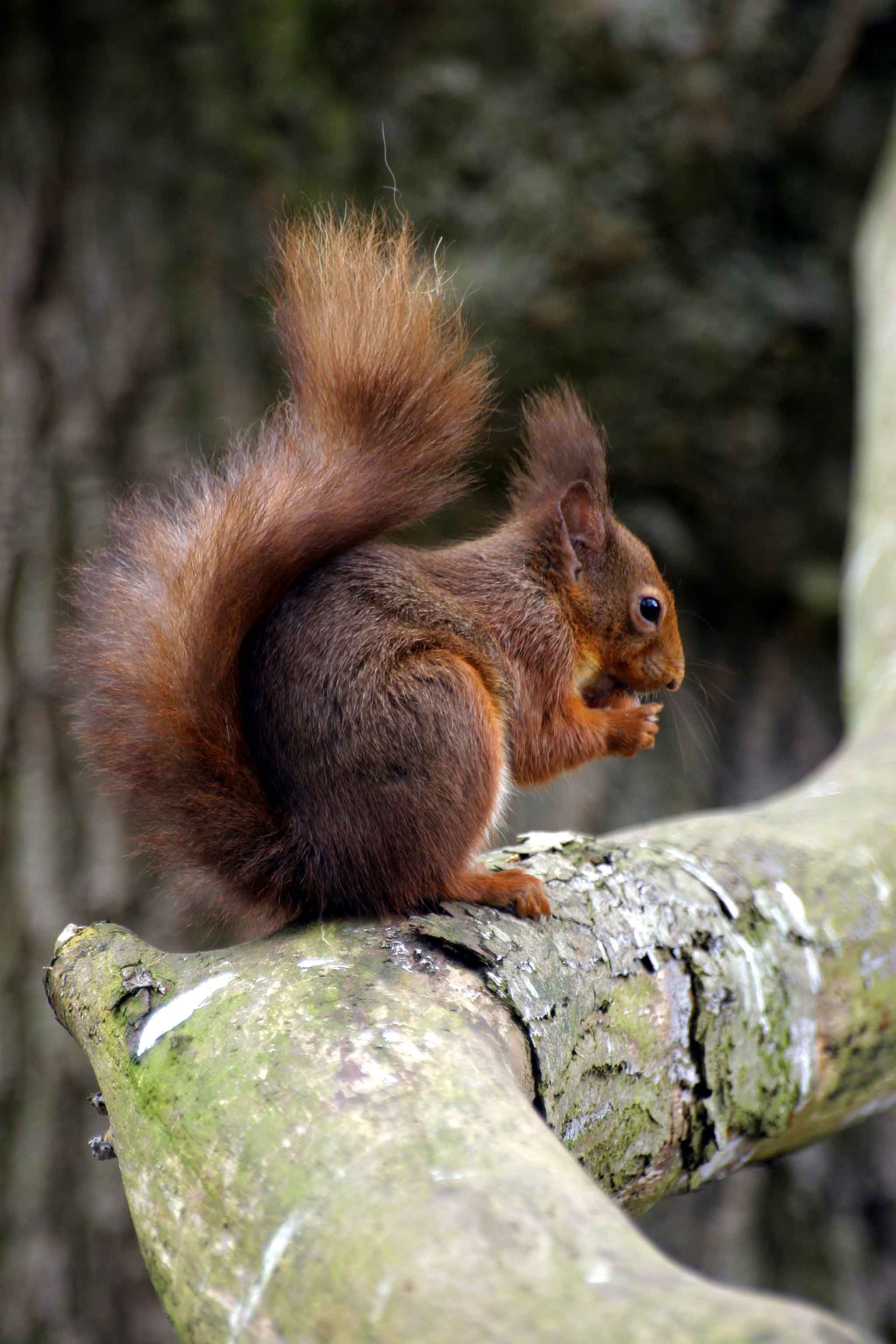

Wild Strathfillan
Wild Strathfillan is a nature restoration initiative covering 50,000 hectares of the north of Loch Lomond and The Trossachs National Park and includes the West Highland Way stretch from Inverarnan through Crianlarich to Tyndrum.
By working with various land managers and community groups, the initiative aims to restore the area’s ecosystems and create a nature recovery network across the landscape. Alongside sustainable rural industries that support the economy, Wild Strathfillan will help restore natural processes, making the landscape healthier, more resilient, and better connected, so both people and wildlife can thrive. Its geographic location and variety of habitats also make it an important part of a larger nature recovery effort across Central Scotland and beyond.
As well as this, Wild Strathfillan aims to support local communities in their journey to preserve and future- proof their landscape, culture and livelihoods. Through hands-on nature conservation experiences, rural skills training, and opportunities to document and share cultural heritage, the project supports communities in safeguarding their unique identity while ensuring a vibrant, sustainable future.

Emperor Moth Caterpillar
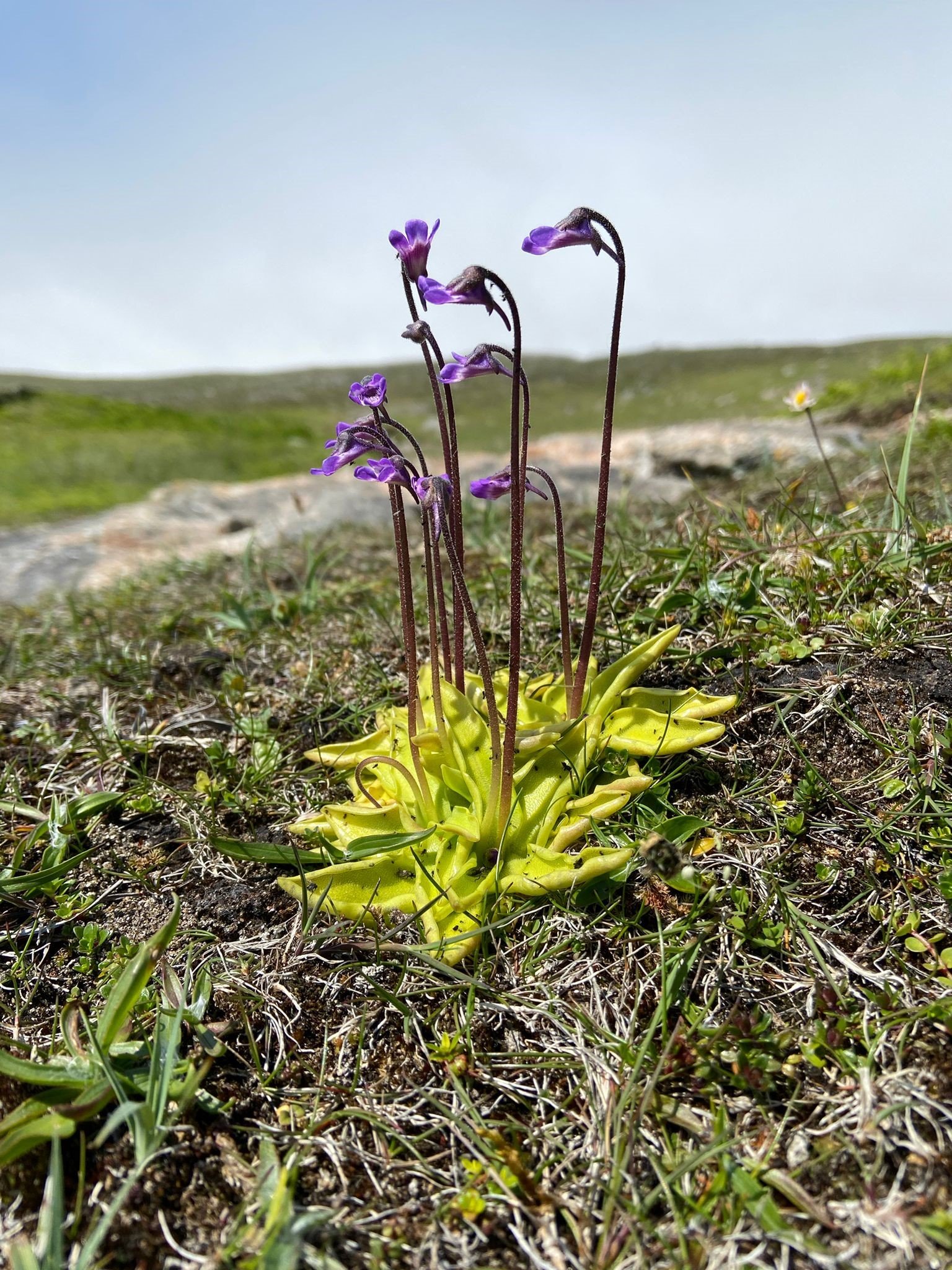
Common Butterwort

Marsh Woundwort

Coire Coille Chuilc Pinewood

Pinus sylvestris (Scots Pine)

Volunteers collecting Scots Pine cones

Collecting Scots Pine cones
Photos above (c) Wild Strathfillan show:
Emperor Moth Caterpillar – You are most likely to find this chunky specimen feeding on heather. Other delicacies favoured by this species are Hawthorn, Blackthorn, Hazel, Sallow and Bramble. By restoring and improving habitats in Strathfillan we are protecting and improving conditions for a wealth of invertebrates and other species.
Common Butterwort – You can find this carnivorous plant in some of the wetter areas around Strathfillan. It’s beautiful funnel-shaped purple flowers are on long stalks to attract pollinators, whilst other unsuspecting insects that land on their sticky lower leaves become prey as the leaves slowly close around them so the plant can absorb their nutrients. It was thought to have magical properties and the name is derived from the belief that, if you rubbed this plant on cow’s udders, it would ensure good milk and butter and protect the animals from evil. By protecting and improving wetland habitats we can hope to see these plants thrive and multiply in the future.
Marsh Woundwort (pink-purple flower) – this native wetland plant can be found at various locations in Strathfillan and elsewhere. Traditionally it has been used in dressings for cuts and other wounds and for skin conditions as well as being an anti- spasmodic. The common names for plants often tell us how they have been used in the past. Wild Strathfillan will help to ensure these plants and local knowledge of them do not die out.
Coire Coille Chuilc Pinewood– one of the southernmost relic Caledonian Pinewoods and an important site both in terms of heritage and nature conservation. It is visible from the WHW and you will often see it shrouded in mist, looking mysterious and magical first thing in the morning.
Pinus sylvestris (Scots Pine) - As part of our Wild Strathfillan initiative we are collecting seeds from these trees to grow and plant out in the landscape, giving them a headstart and helping to ensure their continued survival and expansion. Volunteers and staff have planted locally collected seeds at a specialist plant nursery in Glenfalloch, where native tree species are currently growing.
How can I help support Scotland’s best-loved trail?
We want the West Highland Way to be accessible to as many people as possible but 96 miles requires a lot of upkeep!
There are various ways that you could support the trail:
make a donation via our website; buy an official West Highland Way passport to record your journey; fundraise for the West Highland Way; or volunteer.
Nature or wildlife photos to share?
If you have wildlife or nature photos/videos taken on the West Highland Way, we would love to see them!
Please email them to us stating what is in the photo, where it was taken plus the name to credit. The images should be high resolution but, if sending large files, please use a file transfer service such as WeTransfer.
Have you enjoyed this West Highland Way gallery?
Spend some time looking at other galleries in this virtual exhibition featuring different aspects of the West Highland Way such as Gaelic stories, Carbeth and Letters from Along the Way from 2022 or Connectedness from 2023.
You could also learn about the early days of Scotland’s first long distance route, look at more examples of Wildlife & Nature or enjoy some of the creativity the Way has inspired in Your WHW.
